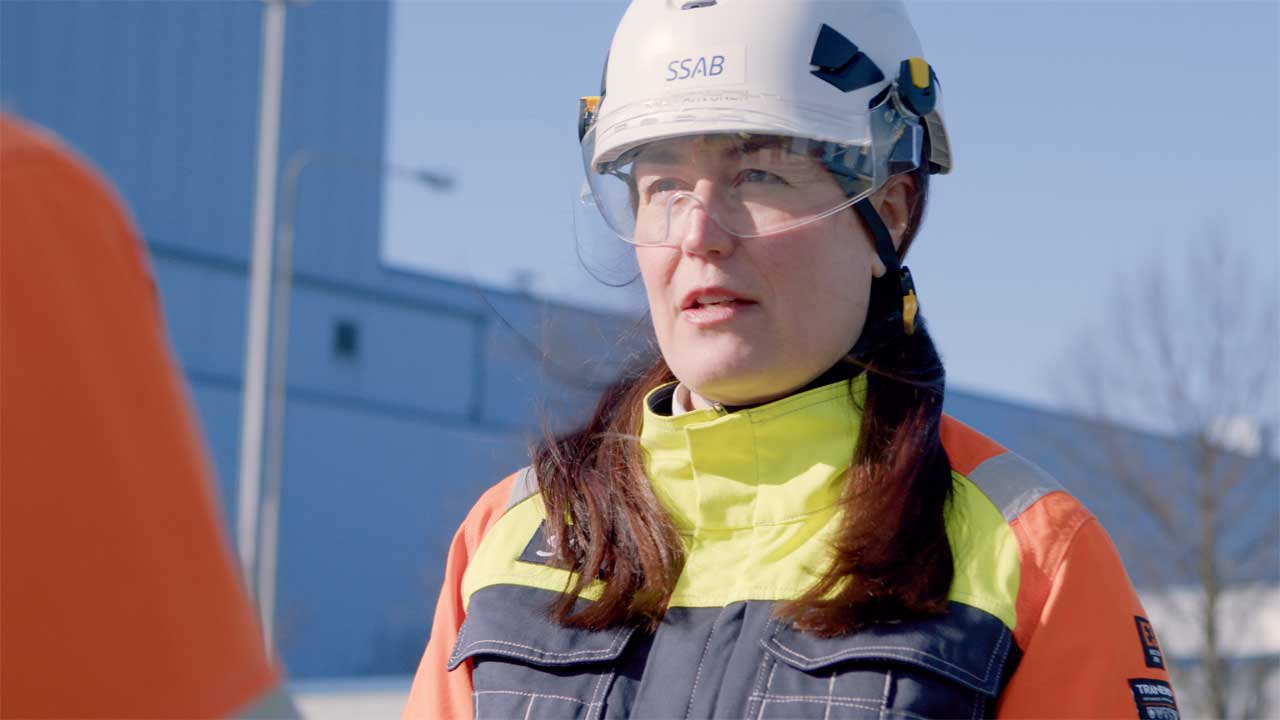How to use EPDs most effectively


An Environmental Product Declaration (EPD) is essentially a third-party verified document detailing a product’s complete carbon footprint and overall environmental performance. This enables companies to compare the environmental impact of similar products, as well as accurately calculate the lifecycle assessments (LCA) of their own products. As sustainability and minimizing climate impact remain key focus areas in many industries, EPDs are growing in importance.
“EPDs are already commonly used in the purchasing of raw materials especially for the construction industry,” says Kaisa Ahvonen, Sustainability & Product Manager at SSAB. “In future, LCA calculation can be used as an evaluation criterion for future production investments and as tools for R&D, to evaluate future product concepts.”
The sheer volume of information contained in an EDP can make them difficult to understand and interpret. “EDPs can be complicated because of their technical language and many abbreviations used,” adds Kaisa. “However, the information they contain can be invaluable to your business and your operations.”
“EDPs can be complicated because of their technical language and many abbreviations used. However, the information they contain can be invaluable to your business and your operations.”
Correctly interpreting SSAB’s EPDs can not only help with regulatory compliance, but also improve your company’s environmental impact and give your company a strategic edge in the market.
“By correctly interpreting an EDP, companies can get insights into the environmental impact of different life cycle stages of a product such as production, use and end of life treatment,” says Emanuel Lindbäck, LCA Specialist at SSAB. “This information can then be used to evaluate the performance of different raw materials suppliers, increase awareness of the environmental impact of your own operation or fulfil regulatory requirements. Ultimately this can enhance the company's reputation, drive innovation and improve market competitiveness.”

The two most common challenges when reading an EPD is to understand its technical language and ensure data accuracy. The first step is to identify the reference unit being used as this will vary between documents.
“Known as a declared or functional unit, this can be expressed in terms of kilograms, tonnes, cubic meters or as a specific function when the product is installed,” says Emanuel Lindbäck. “Since all calculations in an EPD are in relation to this unit, knowing what this unit is, is essential for interpreting its results.”

Next, it is crucial to check which standards and product category rules (PCRs) the EPD has been carried out under. “Different PCRs can have varying rules for calculating and presenting their environmental impact,” adds Emanuel. “So, knowing the specific rules used is vital for accurate interpretation. This also applies to the version of the PCR as it might have been updated since the EPD was published.”
“EPDs contain a lot of figures and when comparing products the environmental performance cannot be judged on a single environmental indicator since its impact can vary from product to product. Therefore, it is important to have a holistic perspective when reading an EPD,” says Emanuel.
To further improve transparency of its products’ environmental impact, SSAB’s EPDs not only include all the required information as defined by EPD standards, but also detailed information from production flows. For example, information on where the product has been produced, the production flows between different sites, and the main process steps at each site.
No matter where you are located, we have local support that can answer your questions.